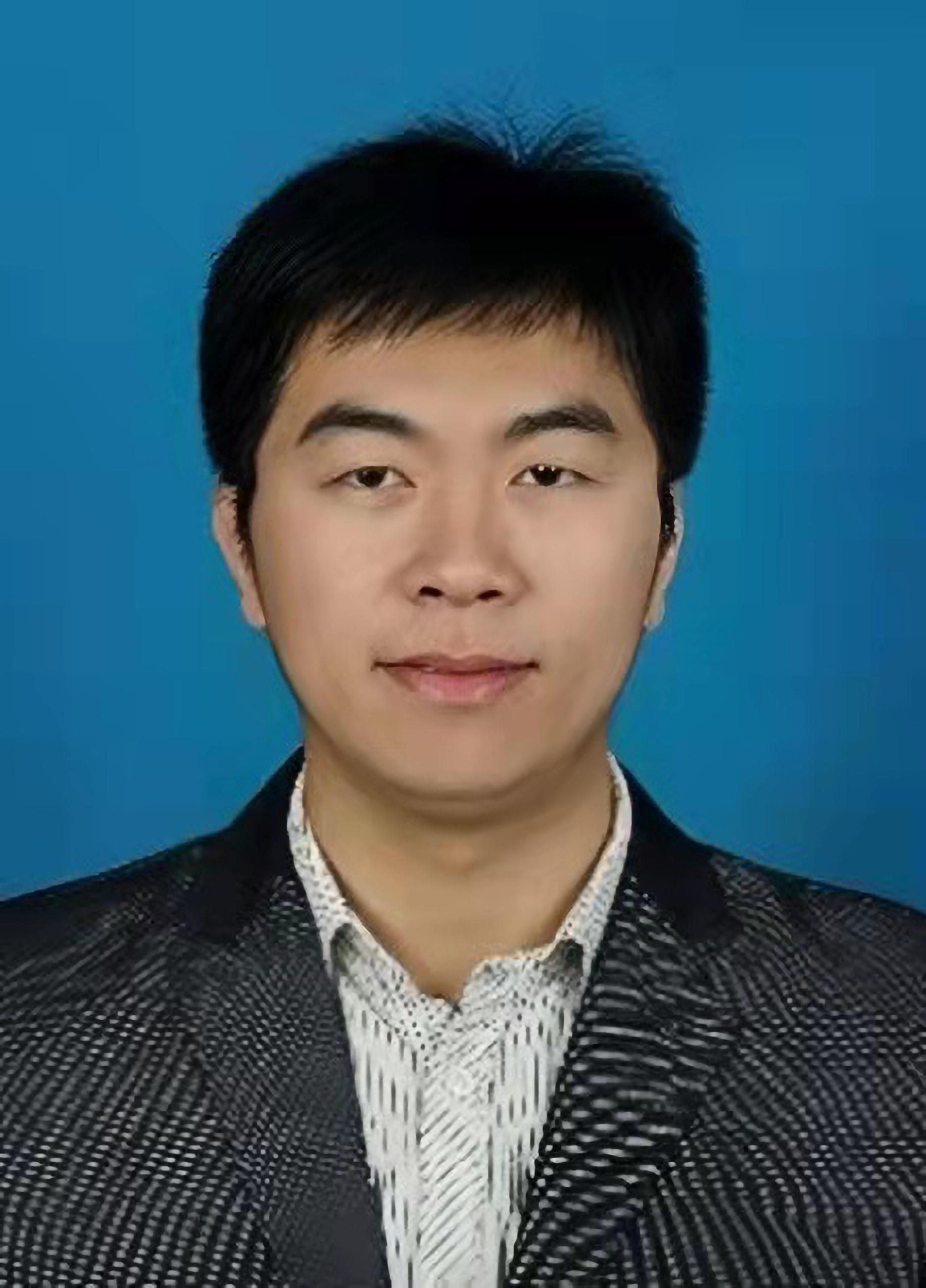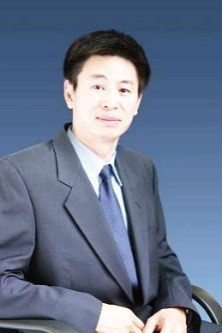


About ISEAE 2024
*The 2022 4th International Conference on Information Science, Electrical and Automation Engineering (ISEAE 2022) was successfully held online form March 25-27, 2022.
*The 2023 5th International Conference on Information Science, Electrical and Automation Engineering (ISEAE 2023) was successfully held online form March 24-26, 2023.
Welcome to the official website of 2024 6th International Conference on Information Science, Electrical and Automation Engineering(ISEAE 2024)[第六届信息科学、电气与自动化工程国际学术会议]. ISEAE 2024 will be held on April 19-21,2024 in Wuhan, China. The aim as well as objective of ISEAE 2024 is to present the latest research and results of scientists related to Information Science, Electrical and Automation Engineering and related topics. This conference provides opportunities for the delegates to exchange new ideas face-to-face, to establish business or research relations as well as to find global partners for future collaborations. We hope that the conference results will lead to significant contributions to the knowledge in these up-to-date scientific fields.
Publication

All full paper submissions to the ISEAE 2024 could be written in English and will be sent to at least two reviewers and evaluated based on originality, technical or research content or depth, correctness, relevance to conference, contributions, and readability.
All accepted papers of ISEAE 2024 will be published in the conference proceedings by SPIE, which will be submitted to EI Compendex, Scopus for indexing.
| ISEAE 2022 Hangzhou | March 25-27 | Conference Proceedings(ISBN:9781510655164) | |
ISEAE 2023 Wuhan | March 24-26 | Conference Proceedings |
Call for Paper
| (I) Information Science | (II) Electrical Engineering and Automation |
Information processing Optical communication Optical information processing Communication and information system Wireless communication technology Intelligent information processing 【More】 | Control theory and applications of Optoelectronics Electrical Machinery and Electrical Apparatus Electromagnetic compatibility Materials for Electrotechnics and Photoelectric Mechatronics & Robotics |
Paper Submission Methods
All full paper submissions to the ISEAE 2024 must be written in English, and will be sent to at least two reviewers and evaluated based on originality, technical or research content, correctness, relevance to conference, contributions, and readability. The full paper submissions will be chosen based on technical merit, interest, applicability, and how well they fit a coherent and balanced technical program.
Please submit your paper(word+pdf) to
Online Submission System(Authors from Mainland China)
English Submission System(For Non Chinese authors)
Paper Template (Download)
* The manuscript should be written in accordance with the standard of template.
* All submissions must not be less than5 pages in length and not exceed 12 pages.
Important Dates
![]() Full Paper Submission Date: April 15, 2024
Full Paper Submission Date: April 15, 2024
![]() Registration Deadline: April 16, 2024
Registration Deadline: April 16, 2024
![]() Final Paper Submission Date: April 17, 2024
Final Paper Submission Date: April 17, 2024
![]() Conference Dates: April 19-21,2024
Conference Dates: April 19-21,2024




Co-Organized by





Supported by


